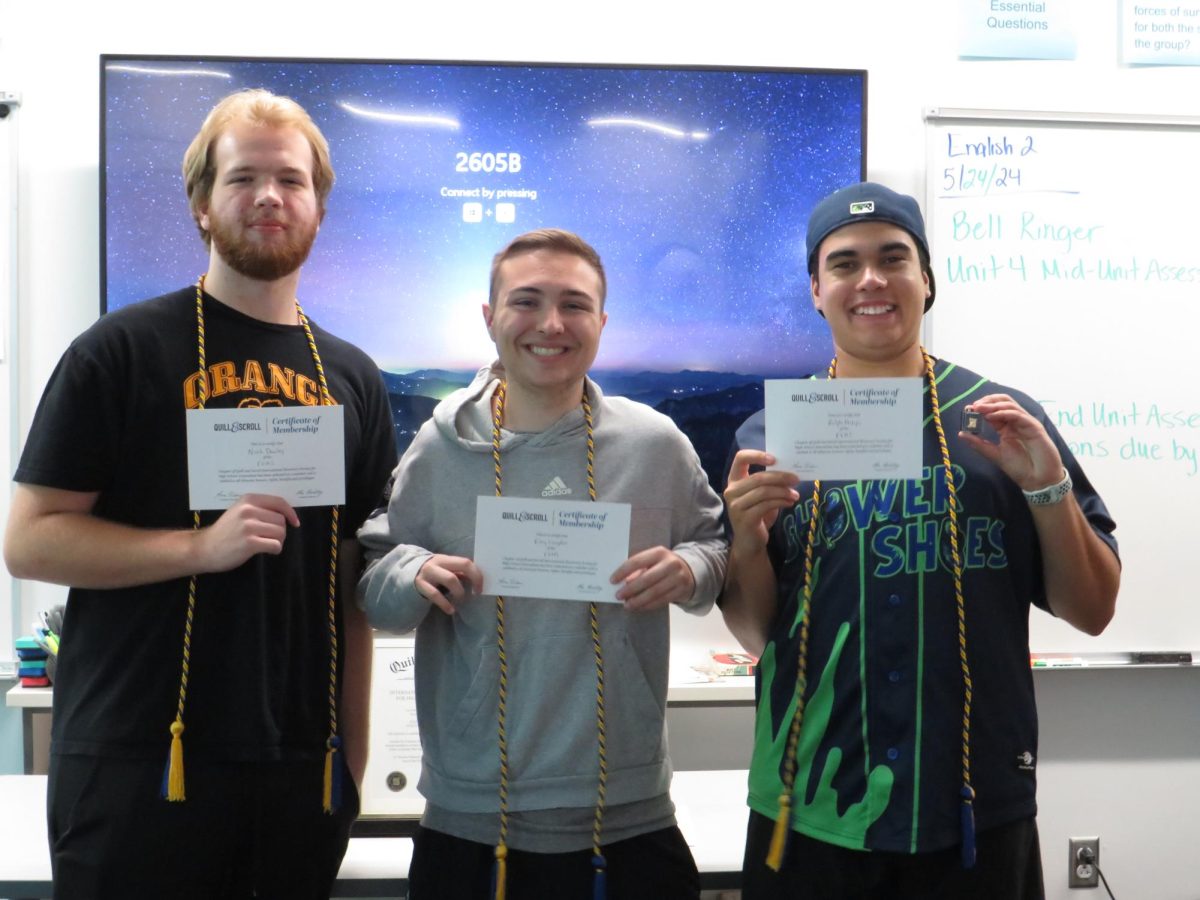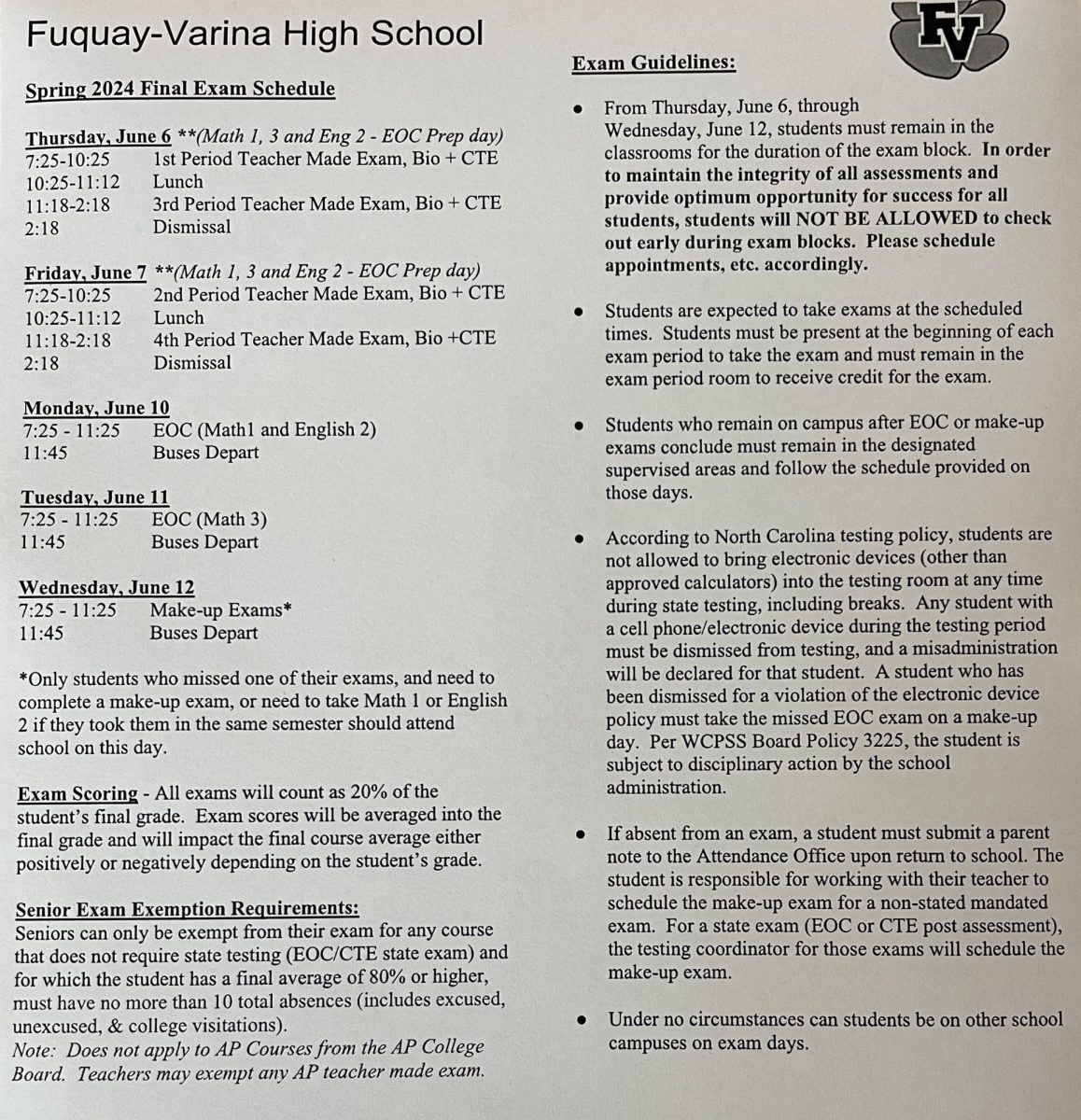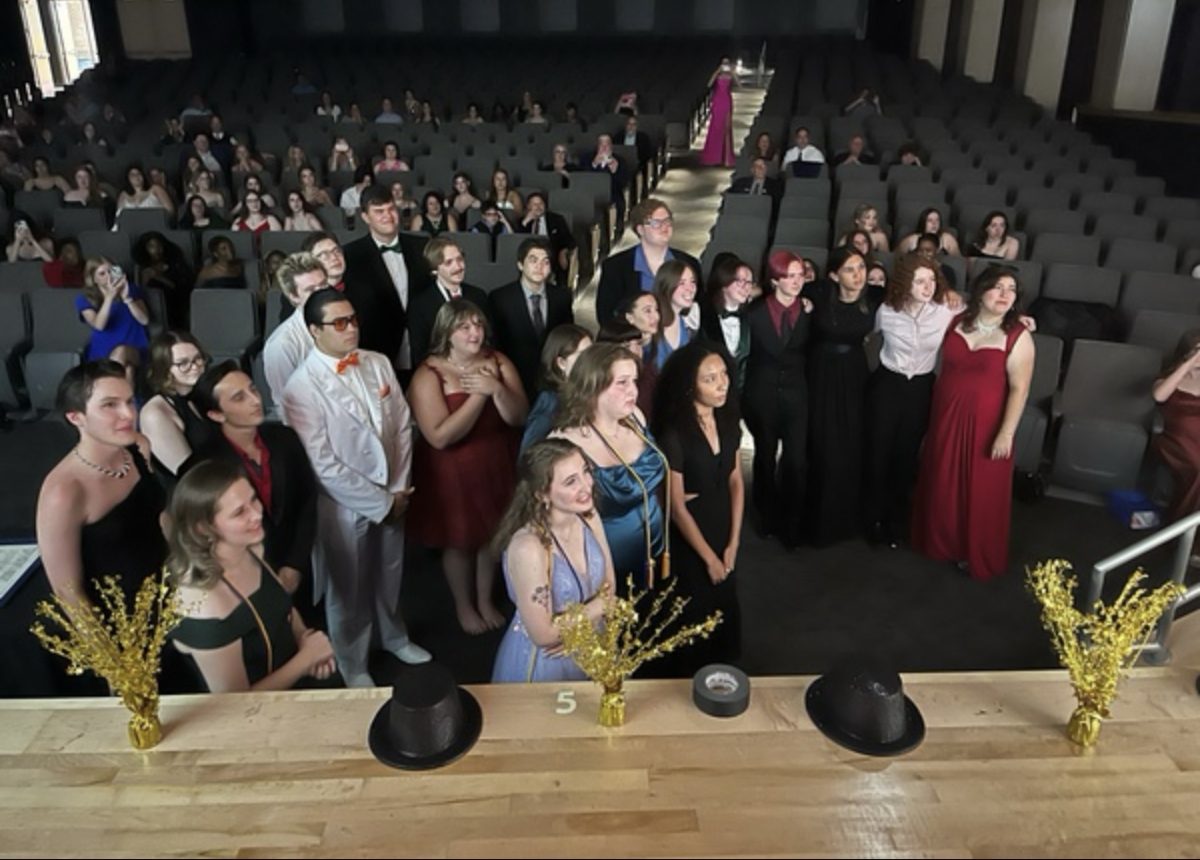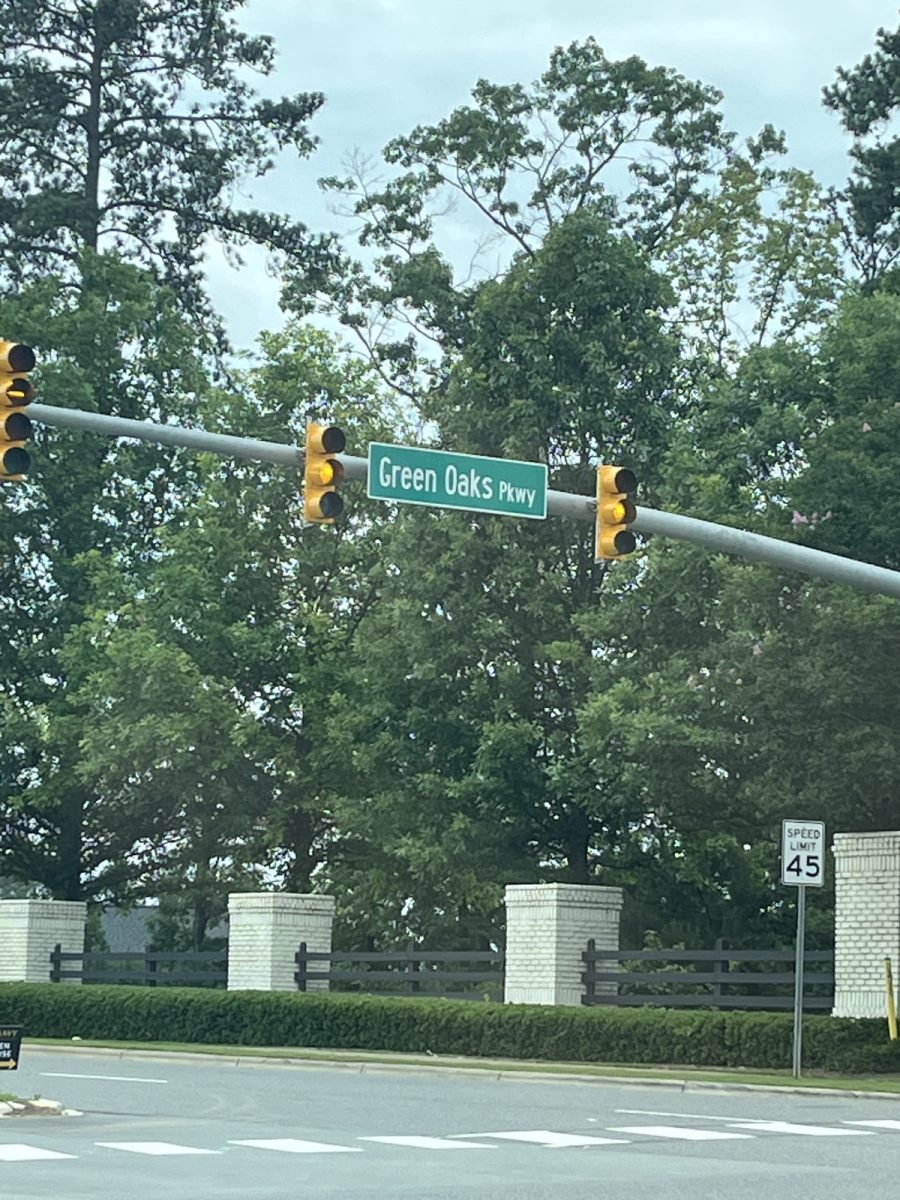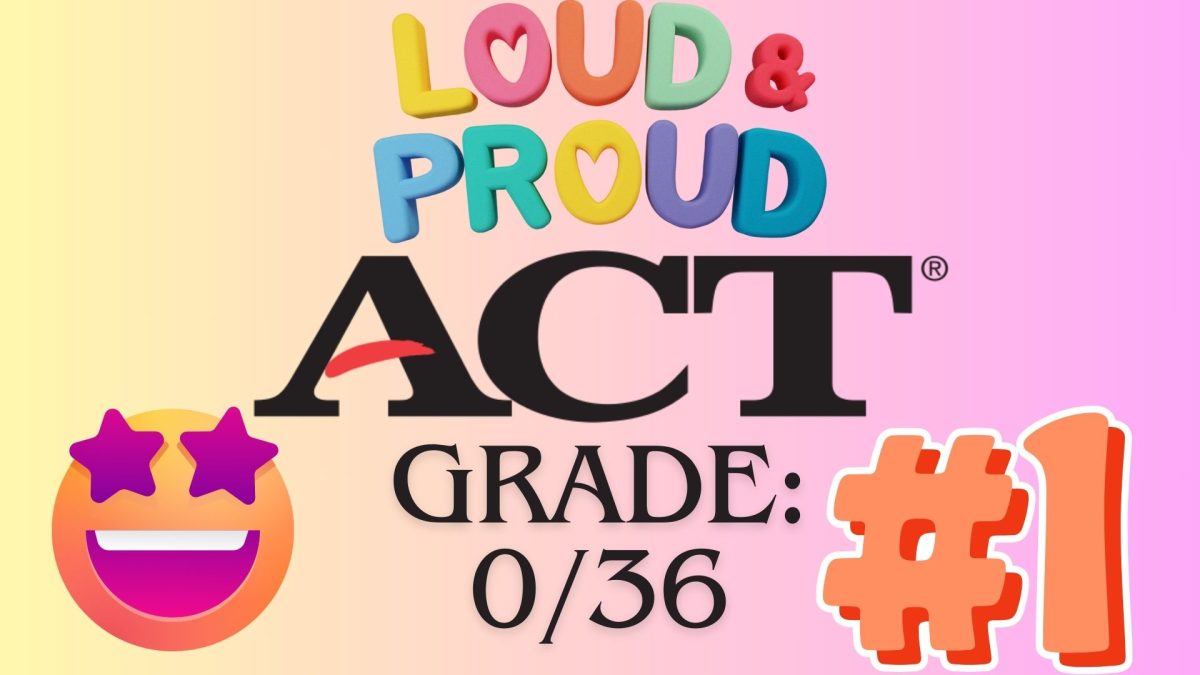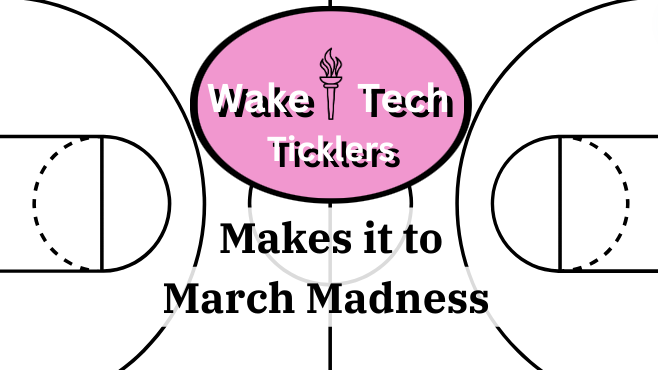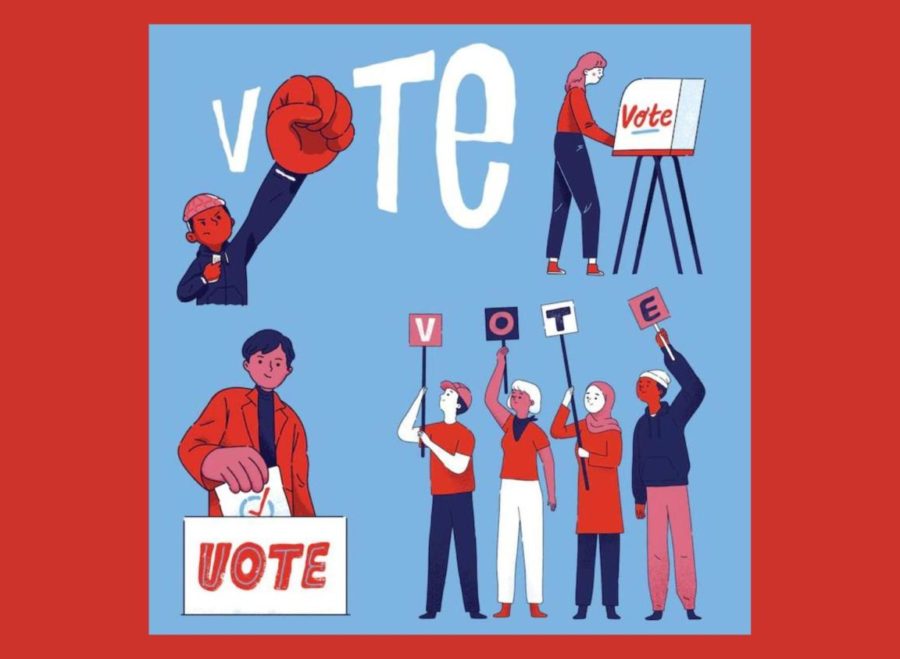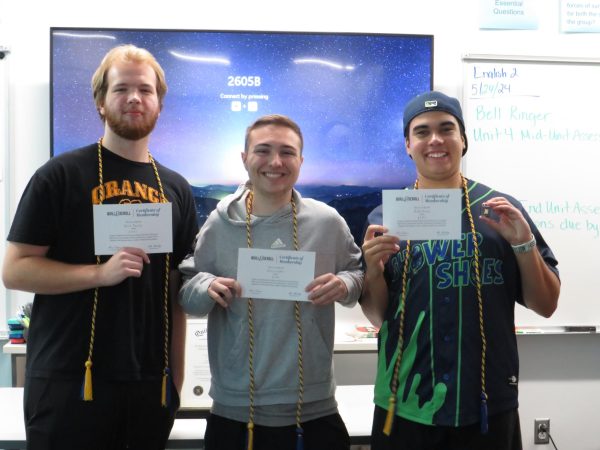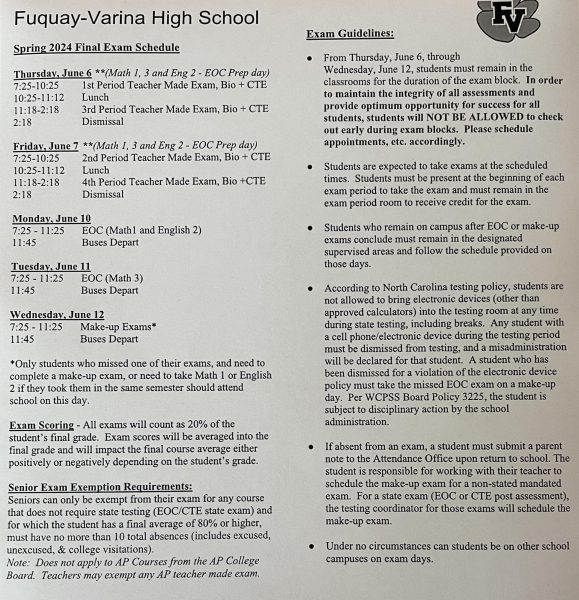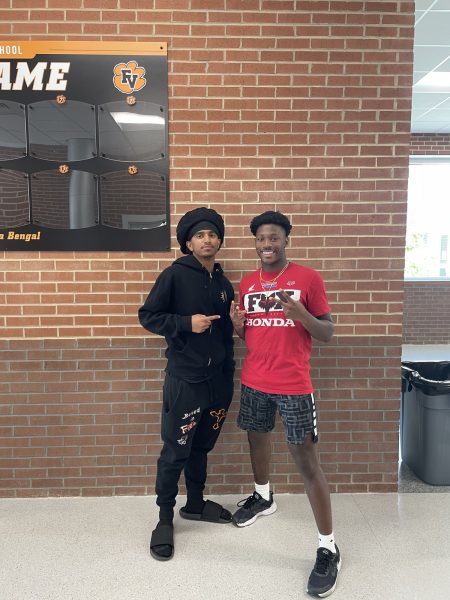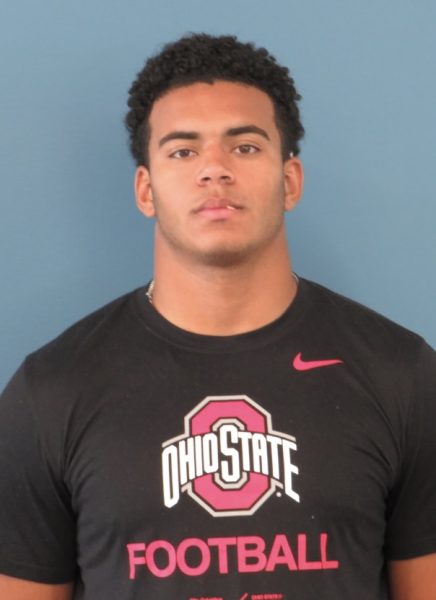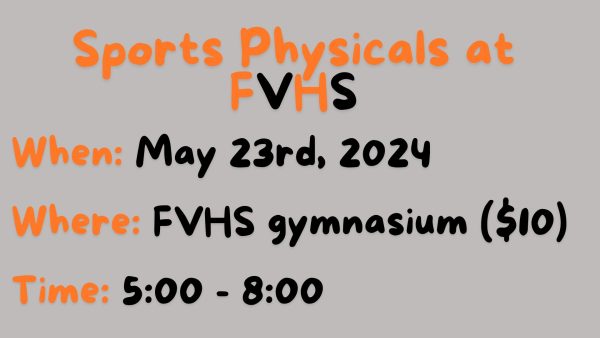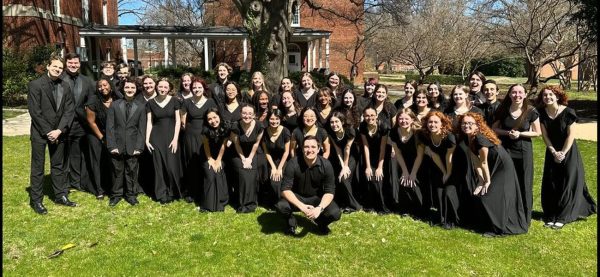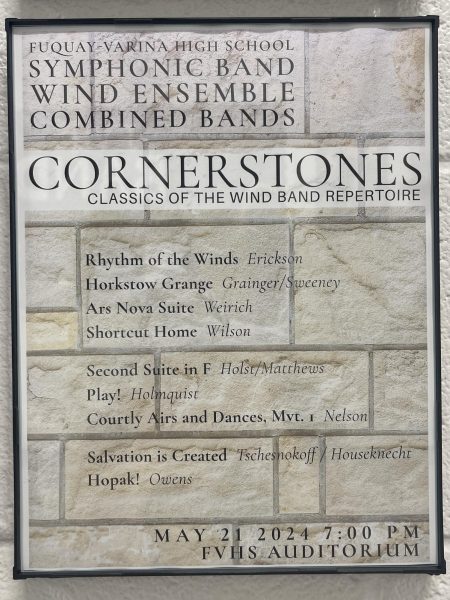Young voters change course of midterms
Young people changed the course of the 2022 midterm elections. All across the country, people under 30 voted in record numbers and showed their power as a voting block regardless of their political affiliation.
Many people predicted that a “red wave,” or a surge in Republican representation in the legislature, would occur this election. This expectation is not unfounded because the party of the president often loses seats in the midterms.
“The average seat loss in the House has been 28 since World War II,” according to NPR. This historical precedent is compounded by recent inflation that gives the opposing party an opportunity to rally support. However, this inflation is a global issue. According to Forbes, U.S. inflation sits at 8.5 percent, U.K. at 10.1 percent, and Canada at 7.6 percent.
Regardless of the global or national scale of the problem, inflation has been a major talking point of the Republican party going into the midterms.
Despite these factors, something strange happened in the election results. Not much changed.
The Democrats gained one seat in the Senate, with a runoff election in Georgia which may negate any change in party representation, and the Republicans gained nine* in the House of Representatives, but no real shift in political power happened.
Nancy Pelosi will not be continuing her leadership position as speaker of the House democrats as a result of the election. This is significant because of how long she has been in that position but it alone does not change the deadlock in the legislature.
This is a historic occurrence, given all the advantages the Republicans had going into the election, and young people played a vital role in it.
“2022 youth turnout is likely the second-highest youth turnout rate for a midterm election in the past 30 years,” according to the Center for Information & Research on Civic Learning and Engagement. The other election they’re referring to is the 2018 midterm election which similarly saw the Democratic party do better than expected.
Young people have a lot of power as a voting demographic. The 18-30-year-old age range accounts for nearly a fifth of the population, and as shown in these midterms, they are enough to swing elections.
This means that civic engagement for young people is especially important if they would like to see their needs catered to. If the trend of young voter turnout continues, everything from college and trade school assistance to other issues that affect young people more than the older generations could be given more attention.
Many juniors and seniors will be eligible to vote in the 2024 presidential election, and nearly all students currently in high school will be eligible to vote in the 2026 midterms. With the clearly demonstrated power of the young vote, regardless of their persuasion, students in a few years will have the power to turn elections in their favor.
This voting power only gets more pronounced the more localized the election gets. This power can influence local elections that include college bonds, the governor, and the numerous committees that can shape our daily lives.
Ballot initiatives can be fairly uncontroversial including school funding and greenway renovations, like the ones that passed this election. Others can rely solely on the power of a single voting demographic to pass. That demographic can be young people if they decide to vote.
“Voting is a civic responsibility,” said junior Logan Woodall. “So is staying informed about the current political sphere and the important issues.”
*At the time of writing, not all of the House seats have been counted. This number may change as more votes are counted.
Your donation will support the student journalists of Fuquay-Varina High School. Your contribution will allow us to purchase equipment and cover our annual website hosting costs.

